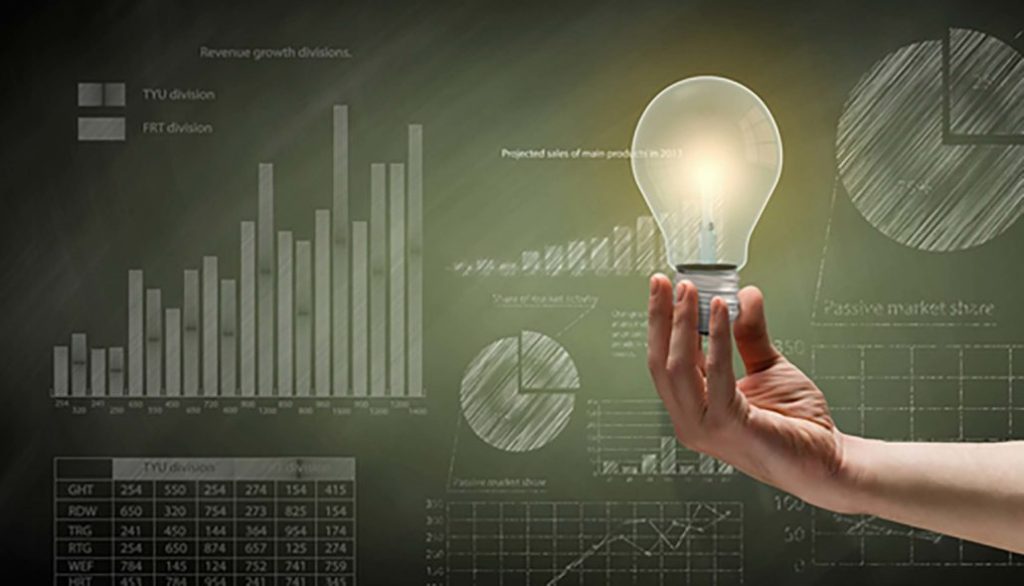

Energy efficiency
September 6, 2022
0 Comments
Explore More
Energy efficiency
GGBC, Green building council,building council,Globalgreenbuildingcouncil energy efficiency, Light bulbs, Smart thermostats, Insulation, Computer power management sulfur dioxide, climate change, electric heat pump



